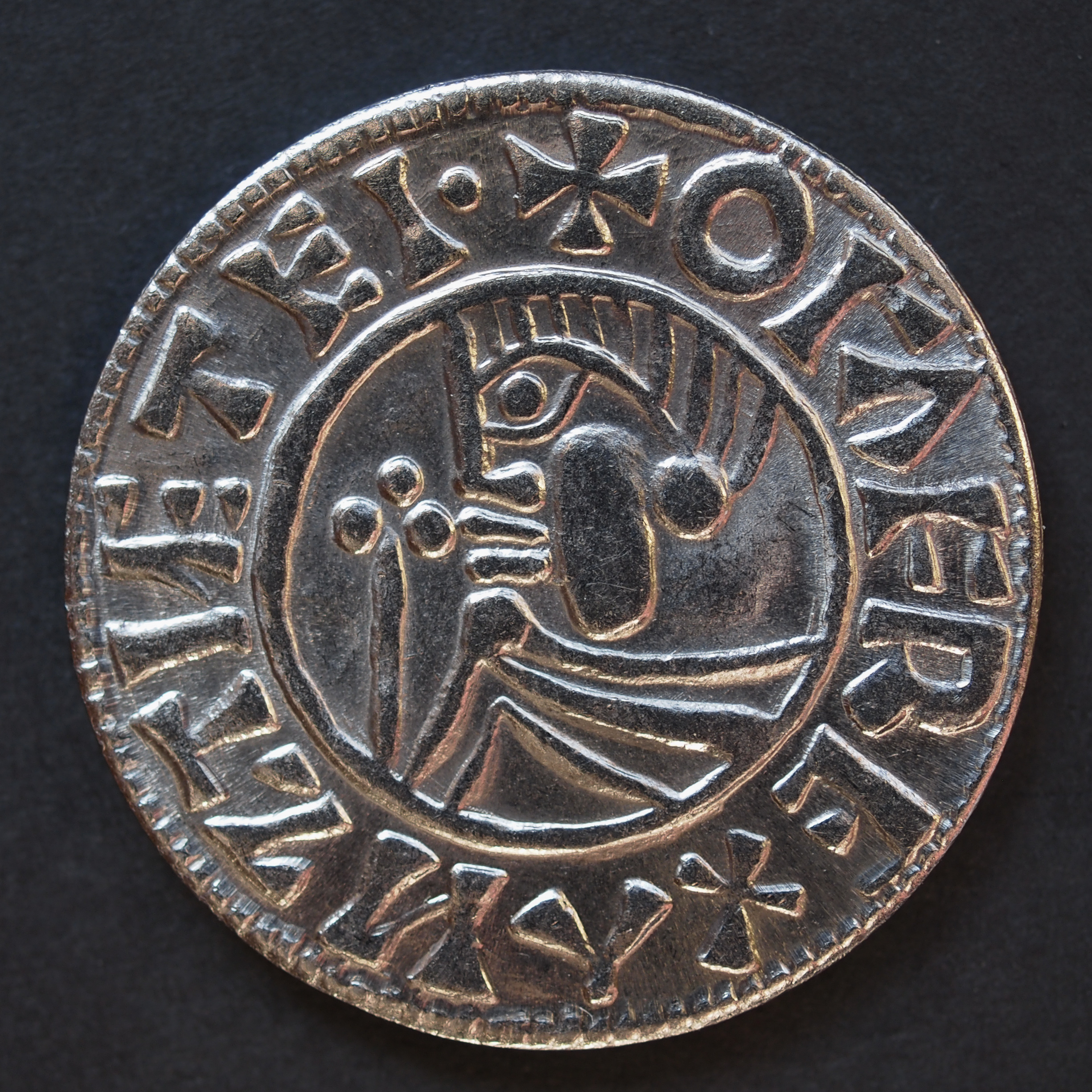
Consider there was no secure way to store wealth in the time of the Vikings. There were no banks, no marketable securities, no way to establish reliable title to land. In essence, there was no store of value other than bullion or coins.
So, if you had a huge amount of wealth beyond your livestock and weapons, it would be in the form of bullion or coins. To keep it safe from theft, you would have to hide it in the ground.
Wealthy people who were killed, captured, never came back from another raid or trading expedition, or merely forgot where they buried their wealth abandoned all of their underground accumulation to be found some later time.
In The Age of the Vikings, Anders Winroth says children on a school outing found one hoard of 1,452 silver coins from the Viking age. Almost the entire hoard was Arabic dirham coins.
Author says there have been over 700 hoards found in Gotland. There was so much silver buried that another find is usually discovered each year.
A television crew in 1999 demonstrated how easy it was to find hoards. When the professional archaeologists left after a day of filming, the TV crew fiddled around with the search equipment and made a find. The freshly discovered hoard had 14,295 silver coins with a total weight of 65 kg or about 143 pounds of precious metals.
Author says there have been over 80,000 Arab silver dirham plus over 51,000 silver pennies from England found in Scandinavia.
In The Vikings, Else Roesdahl provides a recap of the coins found in hoards across Scandinavia and their source:
- 85,000 coins from the Arab world
- 70,000 from German areas
- 40,000 Anglo-Saxon
- 200,000 total coins found
Those are obviously rounded numbers. If you are an accountant like me, you will notice the detail adds up to 195,000.
The Arabic coins are from about 970 and earlier. After that, from around 950 through generally around 1100, the coins came from Europe.
Author says Norway started minting coins during reign of Olaf (1015-30). Norway transitioned to a primarily coin economy during Harold Hardradi’s reign (1047-66). As expected, after that time buried hoards changed from jewelry and coins to only coins.
Book says foreign coins dropped out of circulation in Denmark around 1070.
Various Viking kings in England minted coins.
King ruling east Anglia (Guthrum) minted coins during his reign, 880 to 890.
Shortly before 900, coins were minted in York and Five Burroughs. From context of book, I don’t know how long that was done but it was for at least 50 years.
The Curedale hoard buried in around 905 held about 40 kilos. I have previously made a wild guess that in the Viking Age, silver was worth about $550 in today’s prices. Converted, and assuming it was exactly 40 kg, and assuming the hoard held no gold, the value of that stash would be:
- 40 kilograms
- x 2.2 kg/lb
- = 88 pounds of silver
- x 12 troy ounces per pound
- = 1,056 troy ounces
- x $550 my estimate of value of silver in Viking age
- = $580,800 my rough guess on value of silver in Curedale hoard when it was buried